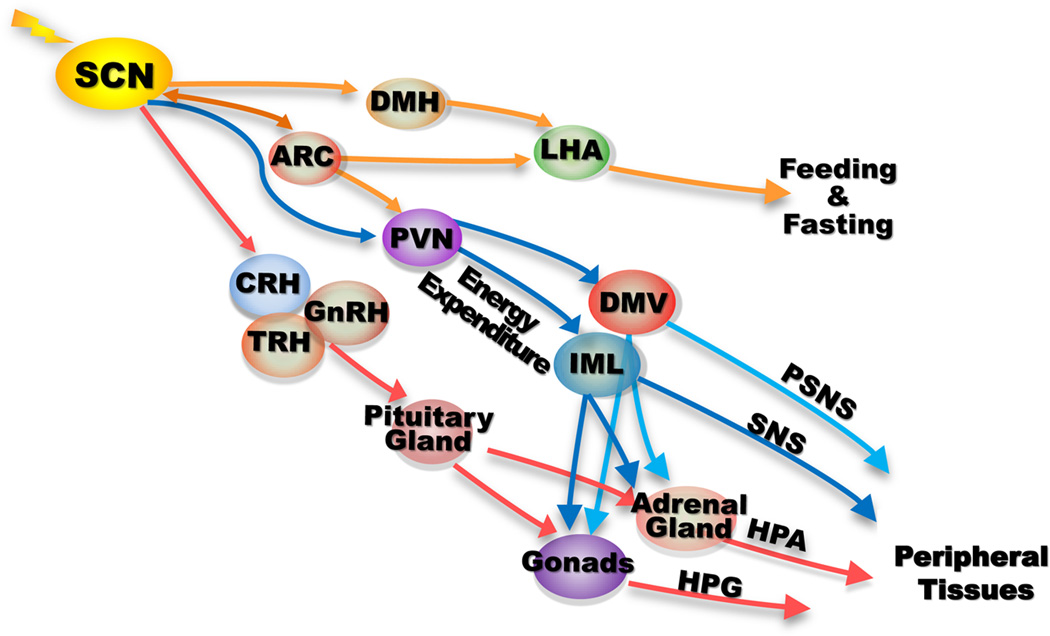Figure 2. Peripheral control by the SCN pacemaker.
The SCN clock targets a variety of brain centers within the hypothalamus to control homeostasis of endogenous physiology. It controls nutrient intake and energy expenditure by targeting the brain energy homeostasis center arcuate nucleus (ARC) and catabolic center paraventricular nucleus (PVN) directly, and feeding and satiety center LHA indirectly via ARC and dorsomedial hypothalamus (DMH). It also controls the neuroendocrine system (NES) by directly targeting the corticotropin-releasing hormone (CRH), thyrotropin-releasing hormone (TRH) and gonadotropin-releasing hormone (GnRH) neurons that control the adrenal and gonadal glands via pituitary glands. The SCN pacemaker directly targets the autonomic paraventricular (aPVN) neurons that project to the preganglionic parasympathatic and sympathetic neurons in the dorsal motor nucleus of the vagus (DMV) and intermediolateral cell columns (IML) of the spinal cord to control parasympathatic and sympathetic nervous systems (PSNS and SNS). Both PSNS and SNS also crosstalk with the HPA and HPG axes by directly innervating the adrenal and gonadal glands. The NES and ANS innervate all peripheral tissues in vivo to generate circadian rhythm of internal physiology by controlling extracellular signaling and peripheral clock activity24,30–33,258,324.

